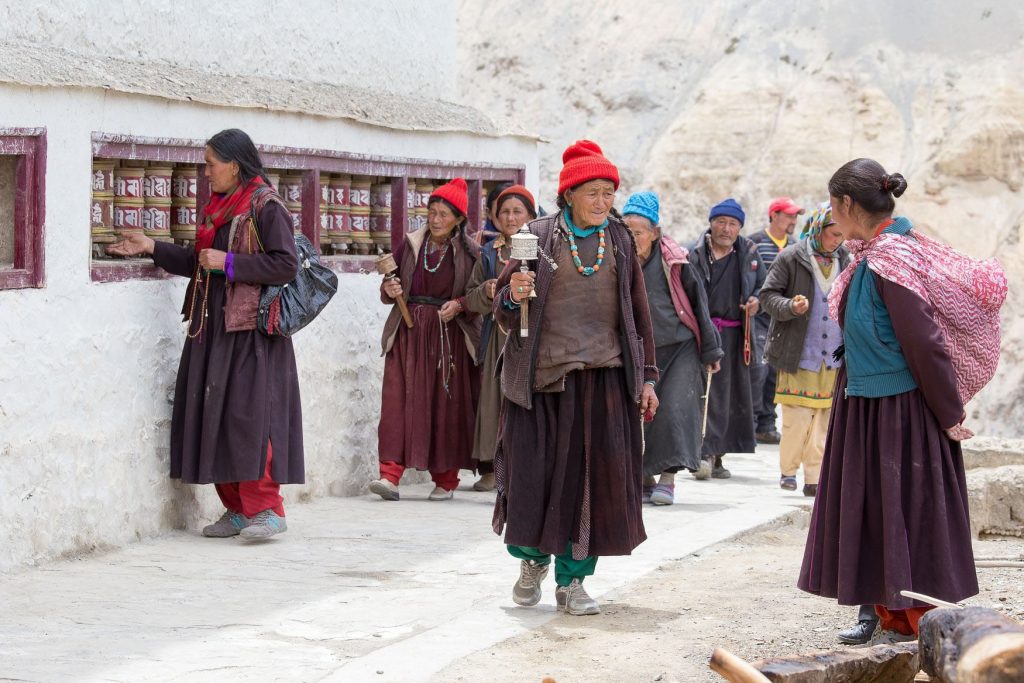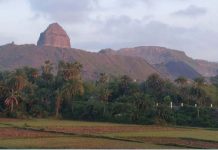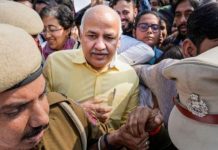Ladakhis rue that abrogation of Article 370 has made New Delhi a direct ruler of the region with little role in the governance for its people. They also fear that sans constitutional safeguards, their small population will be overrun by the influx of people from other parts of India, writes Riyaz Wani
Ladakh is tense. People in the union territory are not happy with the state of affairs obtaining since the withdrawal of the semi-autonomous status of Jammu and Kashmir. The refrain goes that this has made New Delhi a direct ruler of the region with little role in the governance for its people. What is more, Ladakhis fear their small population will be overrun by the influx of people from other parts of India without constitutional safeguards that forbid outsiders from settling in the region.
But while the resentment is brewing, and also being politically expressed, there is little effort afoot to address the deepening concerns. In a resolution passed in November, the Ladakh Hill Development Council demanded (LAHDC) statehood, extension of the sixth schedule, separate Lok Sabha seats for Leh and Kargil – the region’s two districts – and Public Service Commission.
According to the resolution, the public resentment in Ladakh has grown since the state of Jammu and Kashmir was reorganized into two union territories. The resolution noted “the apprehensions among the public with regards to safeguarding of land, jobs, culture, and ecology.”
Ladakh has only one seat in Parliament. Before the re-organization of the erstwhile state of J&K, Ladakh had four MLAs and two MLCs in the Assembly. Ladakhis are sore that the region has now only one elected representative in the form of a Member Parliament, election for whom polarises its two districts – Leh and Kargil.
In the new scheme of things, the democratically elected LAHDCs, both of Leh and Kargil, which acted autonomously in undivided J&K have become redundant. The region is now directly ruled by the centre through a Lieutenant Governor. So, LAHDCs effectively mean little for regional empowerment.
Incidentally, the common fear of losing land and jobs to outsiders has brought together Leh and Kargil which have traditionally worked at cross-purposes. Though Ladakh as a whole has a slim Muslim majority, Leh is predominantly Buddhist and Kargil is largely Muslim.
The total population of Ladakh, according to the 2011 census is 2.74 lakh. While Leh with a population of 1,33,487 is Buddhist majority, Kargil with a population of 1,40,802 is Muslim majority.
The Apex Body Leh (ABL) and the Kargil Democratic Alliance (KDA), Ladakh have forged a rare political unity. They protest together and also organize strikes jointly. It is for the first time in decades that the two Ladakh districts have been on the same page in pressing the government on their demands.
In February, with protests showing no signs of abating, the Centre appointed a new Lieutenant Governor for the union territory amid an ongoing agitation by Ladakhi people demanding statehood and special status under the sixth schedule of the constitution. BD Mishra, a former brigadier of the Indian Army, and present Governor of Arunachal Pradesh, was appointed as the LG replacing Radha Krishna Mathur.
Mathur, a former defence secretary, was appointed as the first Lt Governor of Ladakh after it was made UT following the revocation of Article 370 in August 2019 and downgrading of J&K into two UTs, Ladakh being one of them.
Centre has so far refused to engage with Ladakhis in any dialogue, making them even more suspicious and longing for the constitutional safeguards they had when they were part of Jammu and Kashmir. In January, however, the Ministry of Home Affairs (MHA) constituted a 17-member high-powered committee headed by Minister of State Nityanand Rai to “ensure the protection of land and employment” for the people of Ladakh. According to the MHA order, the committee will “discuss measures to protect the region’s unique culture and language, taking into consideration its geographical location and its strategic importance.”
But Ladakhis refused to meet the committee, wanting its remit to include discussion of statehood, and the Sixth Schedule of the Constitution of India.

The matter has since been hanging fire. Meanwhile, the disaffection with the state of affairs has spread to Ladakhi civil society also. And the noted educationist and Magsaysay award winning activist Sonam Wangchuk has become its face. In January, Wangchuk observed a five-day climate fast to demand the UT’s inclusion in Sixth Schedule and to protest what he apprehends is the assault on the region’s fragile climate. Over the last three years, the centre has approved several major projects in the UT some of which are seen as detrimental to the region’s climate: One of them is an agreement with the government-owned Oil and Natural Gas Corporation to set up India’s first geothermal power plant in Puga Valley. Another agreement is with the National Thermal Power Corporation to set up India’s first green hydrogen unit.
Seven hydropower projects are also proposed to be built on the Indus river and its tributaries and bids have been invited for solar projects. Already, the Ladakh Power Development Department has sought permission to clear 157 hectares of forest land to build electricity transmission lines.
“When compared with the rights we have under the Union Territory, we were better off with Jammu and Kashmir,” Wangchuk said in a recent statement.
“It took time to understand how it’s impacting us after Ladakh was made a Union Territory. I feel unsafe and unshielded when there are no safeguards for the region,” he added.
Wangchuk also warned that by not listening to the people of Ladakh, the centre was pushing the alienated youth towards militancy. “The fear is not that people will turn against India, the fear is that love for India will subside and it is dangerous for a country that is facing the Chinese,” he said.
Before he went for fast, Wangchuk also made a 13.49 minute video shot against the picturesque backdrop of the region where he articulates the sense of betrayal among Ladakhis and urges Prime Minister Narendra Modi to reach out to the region. He reminded the prime minister of the BJP’s recurrent promise during elections to give Ladakh the sixth schedule.
Phunchok Stobdan, one of the top strategic analysts of India, thinks Ladakh’s current tension is the result of shortcomings in New Delhi’s existing policy towards the region. In his statements he has said that the UT status for Ladakh didn’t follow a “certain political evolutionary process” as it happened suddenly because of the August 5, 2019 decision abrogating Article 370.
“It fell from the sky, as it were,” he said.
However, the centre has so far given little indication that it is interested in conceding to any of the demands. Ladakh hardly qualifies for statehood with a population of just three lakh. But the continuing Ladakhi agitation has created a quandary for the union government. More so, at a time when it has no immediate plans to even restore statehood to Jammu and Kashmir or hold elections there.













